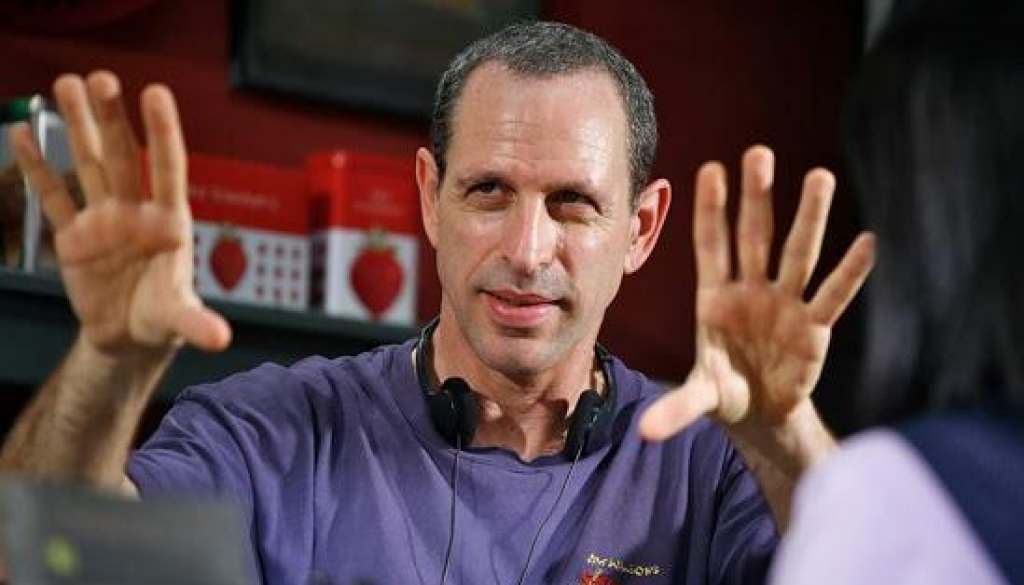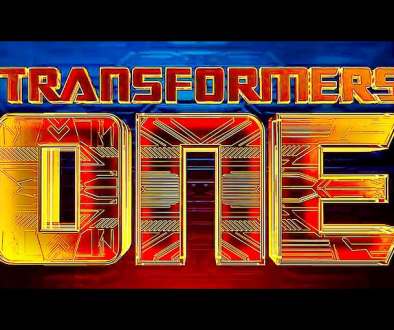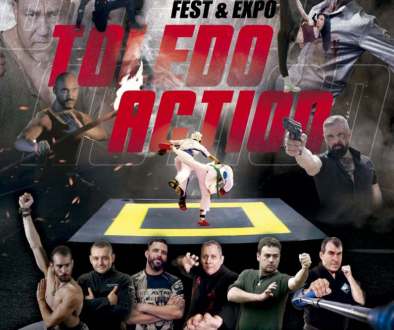CLOSE RANGE LENSING: A Word With Filmmaker Isaac Florentine
Editor’s Note: It’s been a big year for news and coverage while 2016 certainly awaits its fair share of the same. That said, I couldn’t be more thankful to have my good friend James Couche on board as contributor to Film Combat Syndicate. Apart from sharing several opinion pieces earlier this year next to his own busy schedule, he’s now helping tackle interviews and with several names in mind, his first now brings the good company of director Isaac Florentine in the wake of his newest film, Close Range.
Isaac Florentine: It all goes back to the dance movies of the 1930’s and 40’s. When you see Gene Kelly and Fred Astaire dancing, you see them from head to toe with no cuts. When you are working with talented people like Scott Adkins, Michael Jai White or Marko Zaror and you’re working with great stunt performers and a cinematographer that you trust…. you say “why cut?” Let’s push the envelope! Make a fight like the old days!
It will FEEL better, and even if the audience isn’t film-savvy, they’ll feel it in their gut. I think when you show fighters with less cuts, it draws the audience into it and it impresses them.
When I came to the states around the late 80’s, the concept is we shoot a master and then we cover. And this was for the dialogue scenes, this was for the fight scenes… that was the concept. And that concept started back in the 30’s – that’s not what I’m trying to do. When you shoot a master, you’re not really directing, you’re covering the action. To cover is not to direct.
When I try to do a long sequence of a fight, the camera is a participant in what’s going on. Therefore, it’s being directed and then there’s no reason to punch in for coverage. The beauty of the fight scene is: When you see a technique, it’s shot from an optimal angle to show that technique. So when you try to do long takes, you make sure the camera is composed to show the technique from the best angle.
JC: You’ve worked with some great screen fighters and action stars over the years. What qualities do they have in common?
IF: First and foremost, they’re actors. They understand drama, they understand characters, they understand camera angles. The new breed of stunt people today, they’re complete filmmakers. You start with the fact that they’re actors and can create a character. They have to not only be superb martial artists, they also have to understand the dynamics of screen fighting. Because you can take a very good martial artist, and they’ll be very good in the dojo or very good in the ring, etc. But they will not be able to be a screen-fighter, because real martial arts is minimal movement and maximum effect. Screen fighting is the complete opposite: no effect with maximum movement.
Scott, Marko and Michael all understand the difference between the real martial arts and screen fighting.
The last quality, and the most important: Because they’re actors and they know that they’re serving the movie, there is no ego. Sometimes you work with real martial artists and after a certain level, ego can become a factor.
For instance, when I did Undisputed 2 with Michael Jai White, he had amazing kicks but we went for the style that made a better character. He was a boxer… no kicks. We could do a fantastic show with a superb martial artist, but he said no. He said it’s important that he not be a good martial artist but a good boxer and a very novice martial artist when it came to kicks so it will portray the character better; Ego was put aside. It was first the story of the character and no ego was involved.
Scott, and Marko, and Michael all understand that quality, and this is what makes them really shine.
IF: Absolutely! If they will call me, then the answer is yes. I think that superheroes and comics – when you look at comics, it’s the optimum storyboard. In order to bring that comic to the screen, you need to make it more dynamic because there’s a motion to it. Bring somebody that understands action and knows how to shoot superheroes and action. There’s an opportunity to do something unique.
IF: Sergio Leone! I grew up on spaghetti westerns and I was fanatically in love with spaghetti westerns. For me, he’s the master and he’s the reason I wanted to become a filmmaker.
IF: A lot! When I design a scene, not even a fight scene; it’s like a kata. You think in patterns and you have a very precise way of thinking. So when I design a shot, it’s very deliberate. Either it’s a dramatic scene or a fight scene, it’s pre-planned before.
Bringing the kata factor into it: There’s a pace of a kata and there’s a pace of a shot. If the pace is wrong in a kata, it will not work. If the pace is wrong in the shot, of course it will not work.
Last, I’m looking into techniques. When I direct a fight scene, the techniques must be right. I’m not saying I’m looking for the perfect Karate kick, but the right technique for the character. For what he knows and for the situation. Sometimes, the right technique will be the sloppy technique, but it’ll be the right technique for where the character is.
IF: Espionage. Second I’d like to do more period pieces, although unfortunately, it’s not really trendy to do period pieces anymore. I love history a lot – I’m a history buff, but unfortunately it’s not that common to do period pieces that are also action movies.
FCSyndicate: Any period in particular?
IF: Naturally, because each period is a unique flair or a unique spice. If you take, the 19th century, you can do a western or stuff that happens in China. But if you go to the 16th century, it’s an interesting period in Europe but it’s also an interesting period in the Balkans. Let’s go back to the 19th century, usually people do westerns or something that happens in England, but nobody thought of doing something about the Balkans or around the Mediterranean. It’s an interesting area and also has an interesting history.
That’s why every century, every period has a lot of stories to tell. There’s a lot of stuff that’s not told yet and hasn’t been researched; they always go for the cliche.









